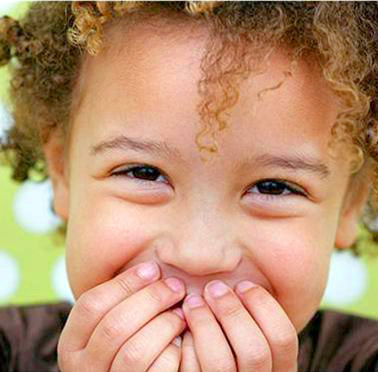Childhood Apraxia of Speech
What it is and why kids with CAS have difficulty communicating
Childhood apraxia of speech (CAS) is the difficulty producing and/or sequencing the oral motor movements necessary to produce and combine consonants, vowels, and syllables to produce words and maintain their motor plans upon volitional muscle control.
- Oral motor movements are required to produce and combine consonants and vowels into words.
- Kids with apraxia of speech have difficulty executing and/or sequencing those movements when planning spoken thoughts.
- Some children with apraxia of speech do better with automatic utterances (exclamations or recitations of the alphabet, days of the week, counting, etc.) than with planned utterances.
- Limited repertoire of vowels; less differentiation between vowel productions; and vowel errors, especially distortions.
- Variability of errors.
- Unusual, idiosyncratic error patterns (sometimes defying transcription).
- Errors increase with length or complexity of utterances, such as in multi-syllabic or phonetically challenging words.
- Depending on level of severity, a child may be able to produce accurately the target utterance in one context but is unable to produce the same target accurately in a different context.
- More difficulty with volitional, self-initiated utterances as compared to over-learned, automatic, or modeled utterances.
- Impaired rate/accuracy on diodochokinetic tasks (alternating movement accuracy or maximum repetition rate of same sequences such as /pa/, /pa/, /pa/ and multiple phoneme sequences such as /pa/ /ta/ /ka/)
- Disturbances of prosody including overall slow rate; timing deficit in duration of sounds and pauses between and within syllables contributing to the perception of excess and/or equal stress, “choppy” and monotone speech.
- At some point in time, groping or observable physical struggle for articulatory position may be observed (possibly not present on evaluation, but observable at some point in treatment).
- May also demonstrate impaired volitional nonspeech movements (oral apraxia).
- Verbal perseveration: getting “stuck” on a previously uttered word or bringing oral motor elements from a previous word into the next word uttered (Nancy Kaufman’s observation).
Other characteristics that may describe children with CAS, but are less likely to contribute to a differential diagnosis include:
- Poor speech intelligibility
- Delayed onset of speech
- Limited babbling as an infant
- Restricted sound inventory
- Loss of previously spoken words
Note: A speech and language pathologist must be involved to rule out other possibilities as primary reasons for the above-mentioned signs and symptoms. Simple "late talkers" can have similar characteristics.
Childhood apraxia of speech can and often does coexist with other speech and language challenges. It requires proper diagnosis and treatment by an experienced speech-language pathologist.
Apraxia of speech is usually treatable with the appropriate techniques. Children must be seen one-on-one, at least in the early stages of treatment, even as early as age 2.
Kaufman Speech to Language Protocol is a highly effective program with young children. It is currently the #1 tool used to treat childhood apraxia of speech in the US (source) and is used by speech-language pathologists in many other countries. The approach is also now being accepted and implemented into applied behavior analysis (ABA) and applied verbal behavior (AVB) programs for children on the autism spectrum.
K-SLP materials, including Kaufman Speech Praxis Test for Children, Kaufman Speech to Language Treatment Kits, Kaufman Speech to Language Workout Book, and K&K Sign/Select to Talk, are helpful tools to diagnose apraxia, determine treatment goals, and provide effective therapy.
It is imperative that children with childhood apraxia of speech gain as much practice as possible, and that is not limited to official speech session. Involvement from parents and caregivers in the child's natural environment (home, school, community) is essential for the practice needed.
With quality therapy specific to childhood apraxia of speech and support from their community, many children can make progress becoming successful vocal communicators!
